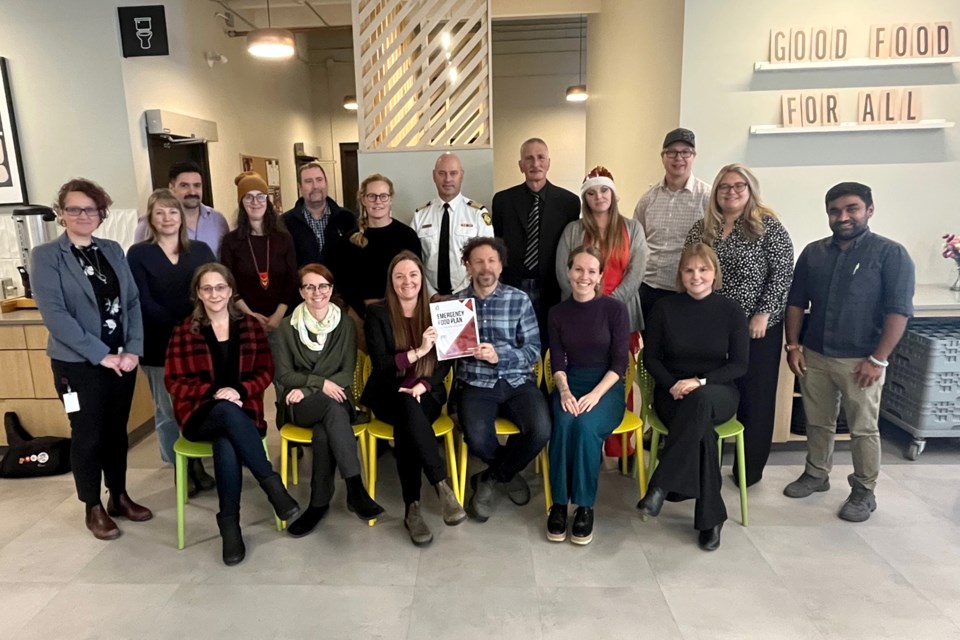THUNDER BAY — When COVID-19 landed in Thunder Bay, food security specialists in the city scrambled to ensure students in schools that were closed didn’t go hungry.
As the pandemic grew, they realized the issue went beyond the classroom and that the city was without an emergency food strategy.
More than three years later, the plan has been made public.
The 38-page document, put together by the Thunder Bay and Area Food Strategy with input from organizations around the city, including the Regional Food Distribution Agency, the Dew Drop Inn, Roots Community Food Centre and the city’s community safety and well-being council, was created to increase collaboration and coordination during emergencies to ensure vulnerable populations don’t fall suffer further food insecurities.
Sarah Siska, the Thunder Bay and Area Food Strategy coordinator, on Monday said food access is one of the seven pillars of her organization, an area that’s struggled more and more over the past decade, noting the pressure continues to grow on local food banks and on low-income residents and the housing challenged.
The pandemic brought it all to the forefront.
“We saw there wasn’t a coordinated plan in place, either here or across the country or across the world to get food to people in need,” Siska said.
“This is really trying to fill some of those food access gaps and it’s really just a first step.”
Courtney Strutt, the emergency food plan coordinator, said emergency food response relies on the existing infrastructure — physical, human and financial — of non-profit organizations, with limited resources, adding municipalities count on these entities during times of crisis.
“In order to have an efficient, effective response, that’s not repetitive, while trying to make sure no one falls through the cracks and that resources are being best used within our community, collaboration is key to that and independent organizations need to be brought to a shared table that have high points of decision-making that are connected to the city, so that a response can be effective, strong and make sure that everybody in our community is taken care of,” Strutt said.
Partners plan to meet regularly to run through scenarios of a variety of different scenarios. On Monday they played out an extreme heat wave. And while a pandemic isn’t likely so soon after COVID-19, wildfires and floods that displace entire communities, or something like a highway closure do happen and can impact food security.
Erin Beagle, executive director at Roots Community Centre, said the plan touches on everything from travel procurement, decision-making, emergency preparedness and potential back-up power sites to prepare food to funding and whether or not there is a collaborative approach that can be taken when seeking funds from agencies and other levels of government.
“It walks us through all the different roles that we can coordinate in a way that gives the response the priority to the populations that are going to feel it first, no matter what the emergency is that comes up, all the way to deactivation and recovery,” Beagle said.
The full plan can be found on the Thunder Bay and Area Food Strategy website.
